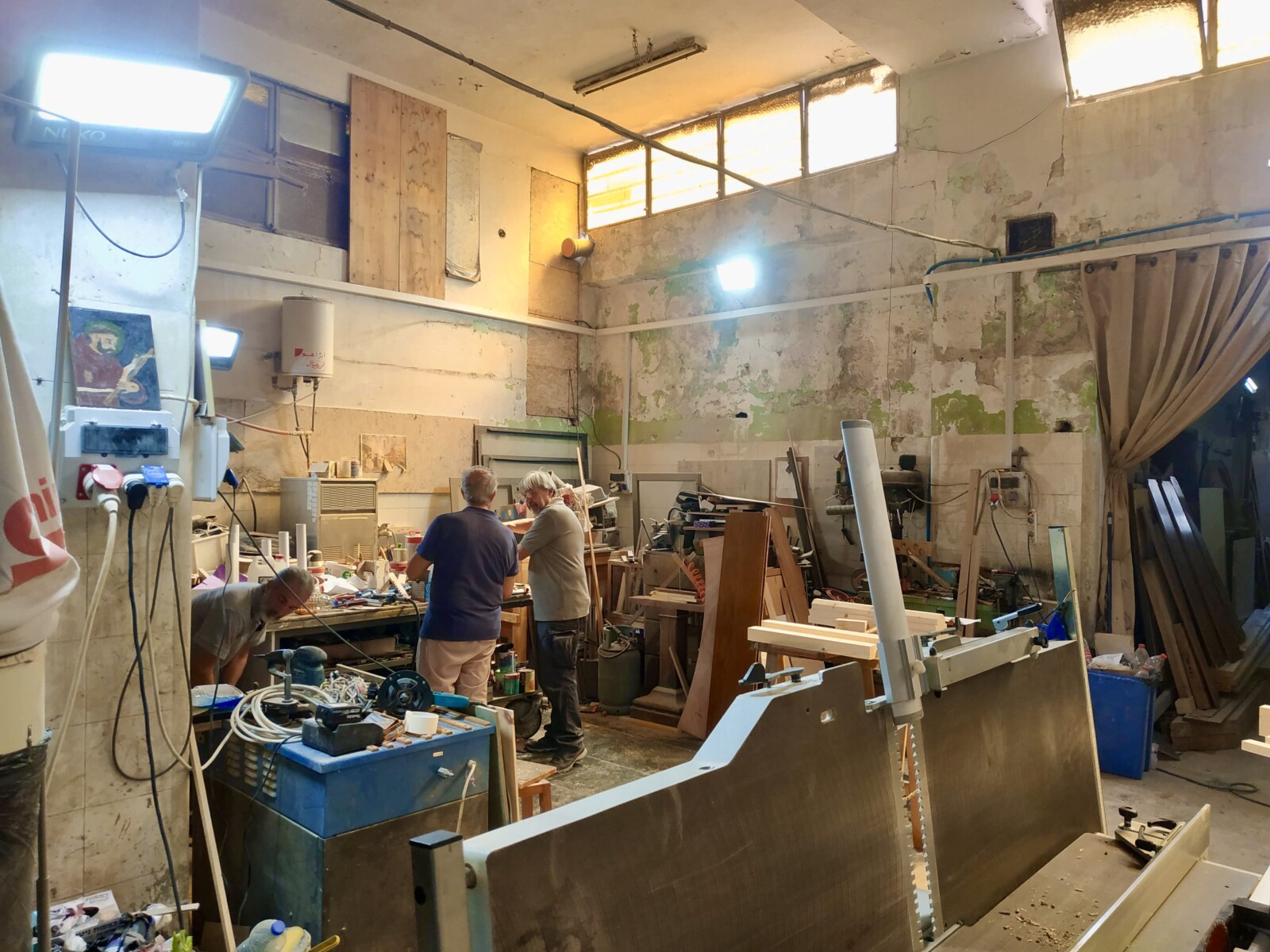Plane, lintel, chisel: a carpenter at the Custody
The Terra Sancta Museum has some objects which, over the centuries, have been offered to the friars of the Custody both by simple pilgrims who have come to the Holy Land and by sovereigns from around the whole world. The donors of the Custody today include those who decide to give their time, like Maurizio Chiocchetti, an Italian cabinet-maker and carpenter, who has been travelling to Jerusalem since 2015 to put himself at the service of the Custody and the Museum. Having a real passion for woodworking, over the last few years Maurizio has produced some objets d’art to be used for the liturgy, as well as restoring others and embellishing the offices of our museum.
Maurizio, what sort of mission do you have at the Custody?
Maurizio Chiocchetti : Here I deal with the carpentry and restoration work. When I arrived, the first year, I started by varnishing the doors in the Cultural Heritage department. Then I worked with fra Rodrigo, the master of ceremonies, who asked for my help for the solemn celebrations. Starting off from small requests and odd jobs, we have ended up by making more important objects, with results that were more elaborate than the initial order.
Gradually, my tasks have evolved. The first major work that was assigned to me was the restoration of St Saviour’s choir. At the beginning, there was no real carpentry workshop in the convent, just a large room with a machine with worked a little bit and not very well. That’s where I began these works which have gradually become larger and more complex. After having created furniture or structures used for the celebrations, we then went on to the actual furnishing of the churches, such as the construction of altars for the Clarissa Sisters of Nazareth. Today, I alternate between the restoration part (of frames or period objects) and actual carpentry.
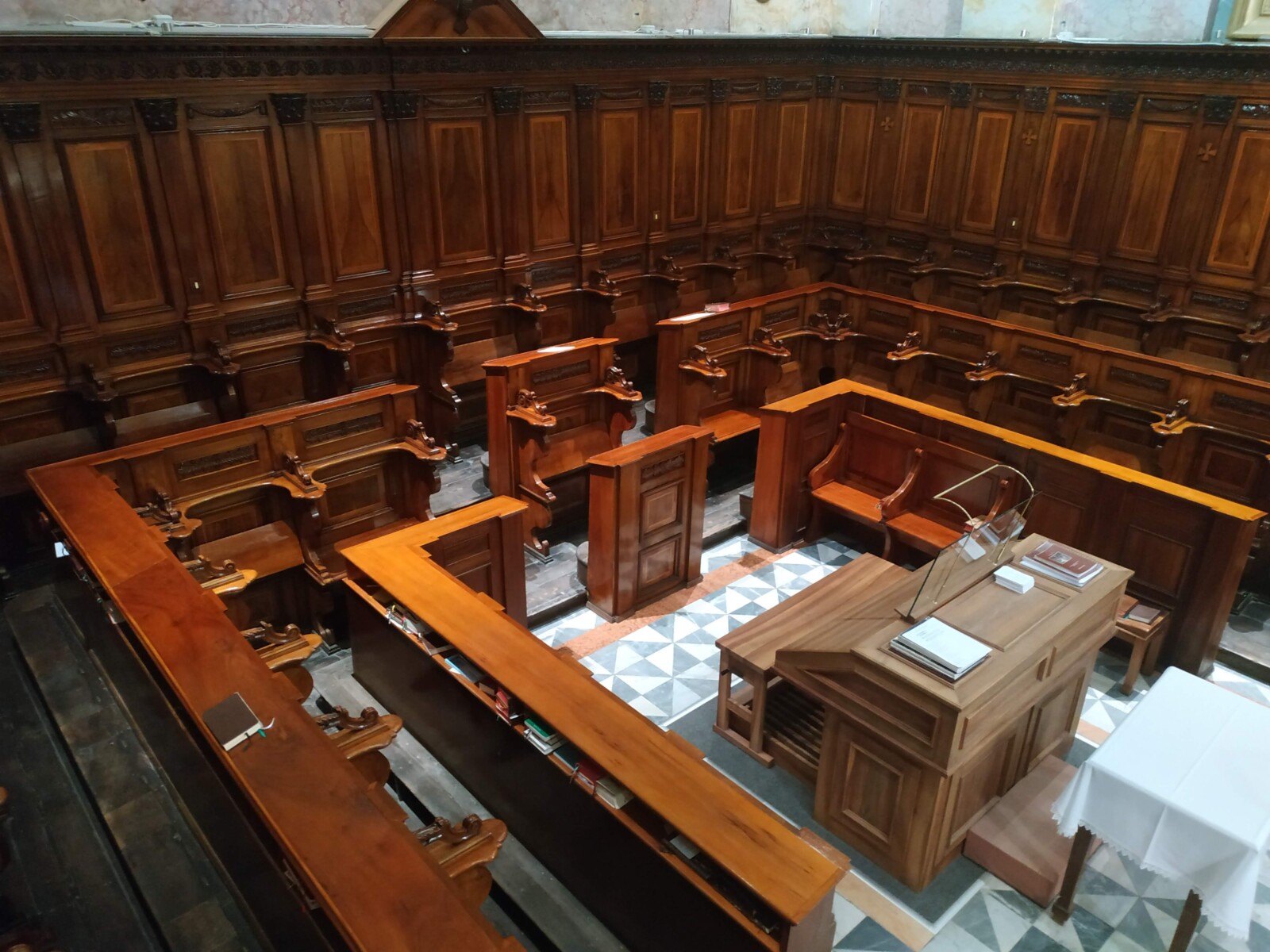
Which aspect do you consider as the most important in your work?
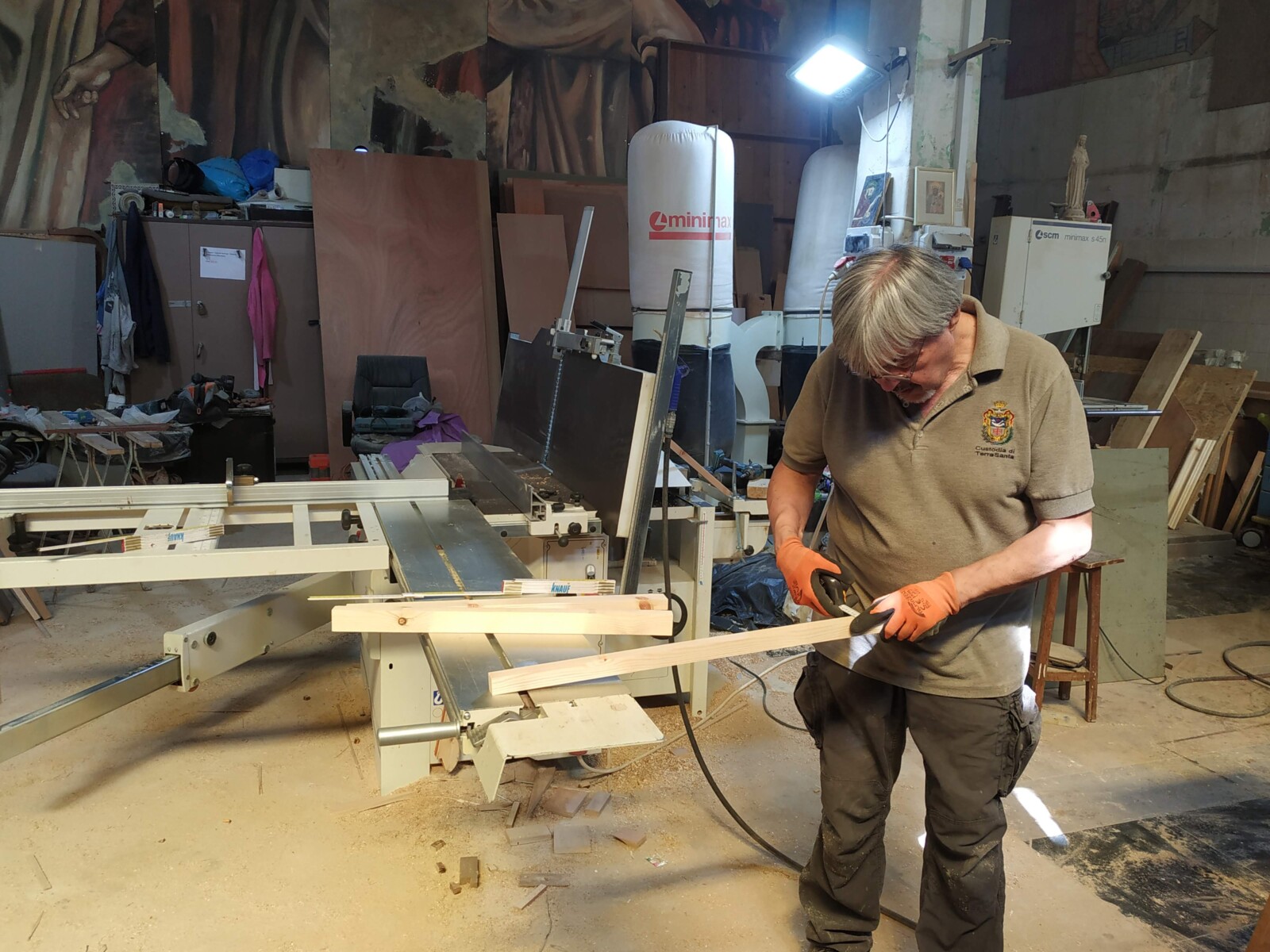
Church furniture is not simply old furniture that has to be restored. You have to have knowledge of the liturgy because what you are creating for the church must have a liturgical meaning. This is why a real proximity and regular contact with the master of ceremonies, fra Rodrigo, were fundamental for me: thanks to this I was able to get to know the world of liturgical furnishings. Without this collaboration and without the knowledge that comes from it, the restoration in the church would not be the same.
Another important part of my work consists of observing the works of art created in the past. When I look at what has been made, at object which, in my opinion, can no longer be reproduced, I am amazed. I see in them the faith of the craftsmen who, like me today, were at the service of the Custody.
The objects that you product are both objets d’art and objects to be used. What does this union between use and art mean?
All the objects used in churches have a function: an altar is for something. There again, an edicule for the statue of a saint is used for worship. For their creation, I start off from my passion for living matter i.e. wood is combined with different studies that I have made on the furniture and the restoration in different historical periods. Thanks to my knowledge, both liturgical and artistic, and my manual dexterity, I try to make legible what I do : each object has a message or a story to tell, and with my work I try to show it ff to its best.
The doors that I make, like those of the department for Cultural Heritage, are always very richly decorated, through which I try to convey the idea of what the lace they open on to it.
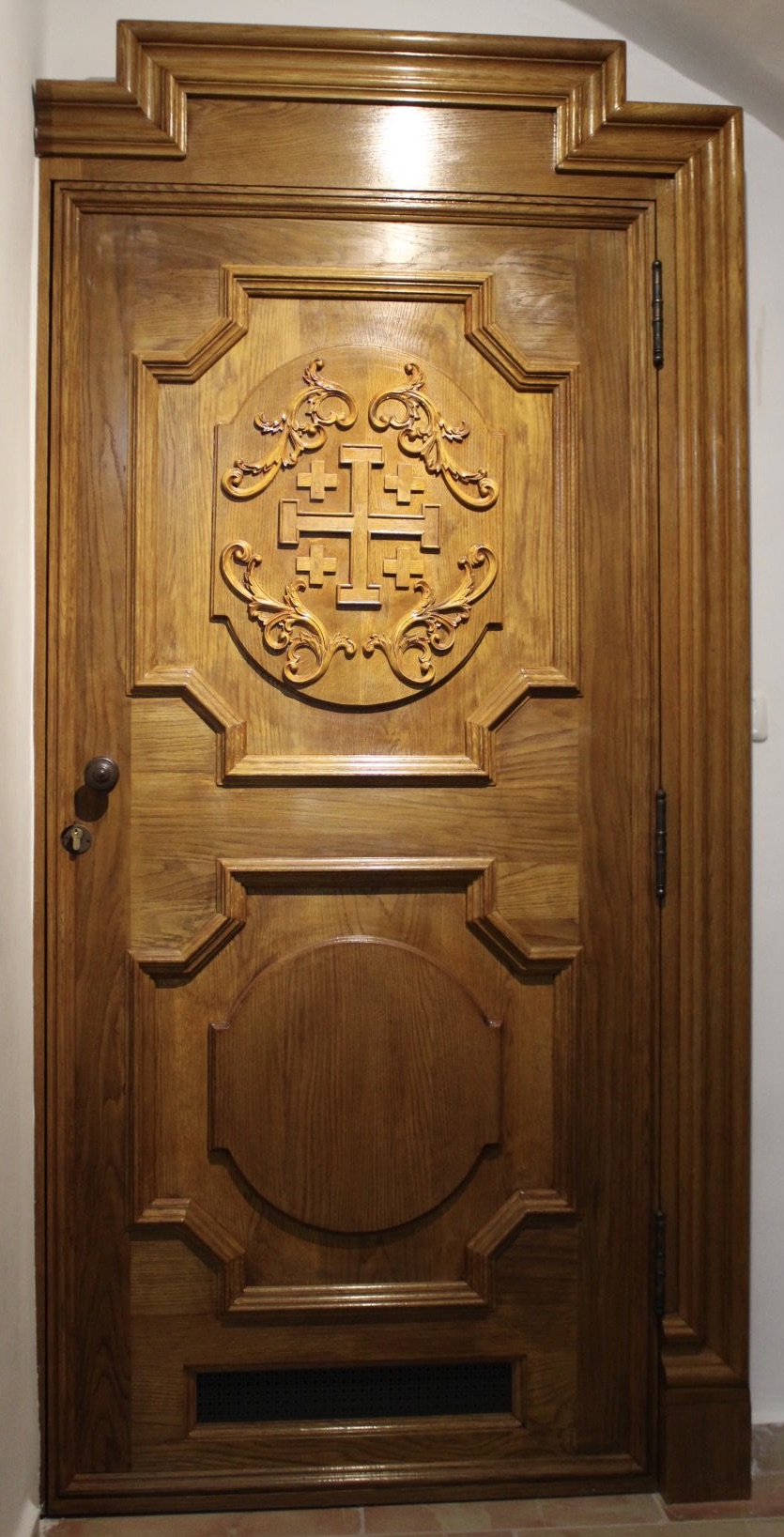
What is your speciality?
In particular I like making frames. With a frame, you can give a completely new look to a piece of furniture. Even the simplest piece of furniture can be magnificent with a good framing. The final result is totally different.
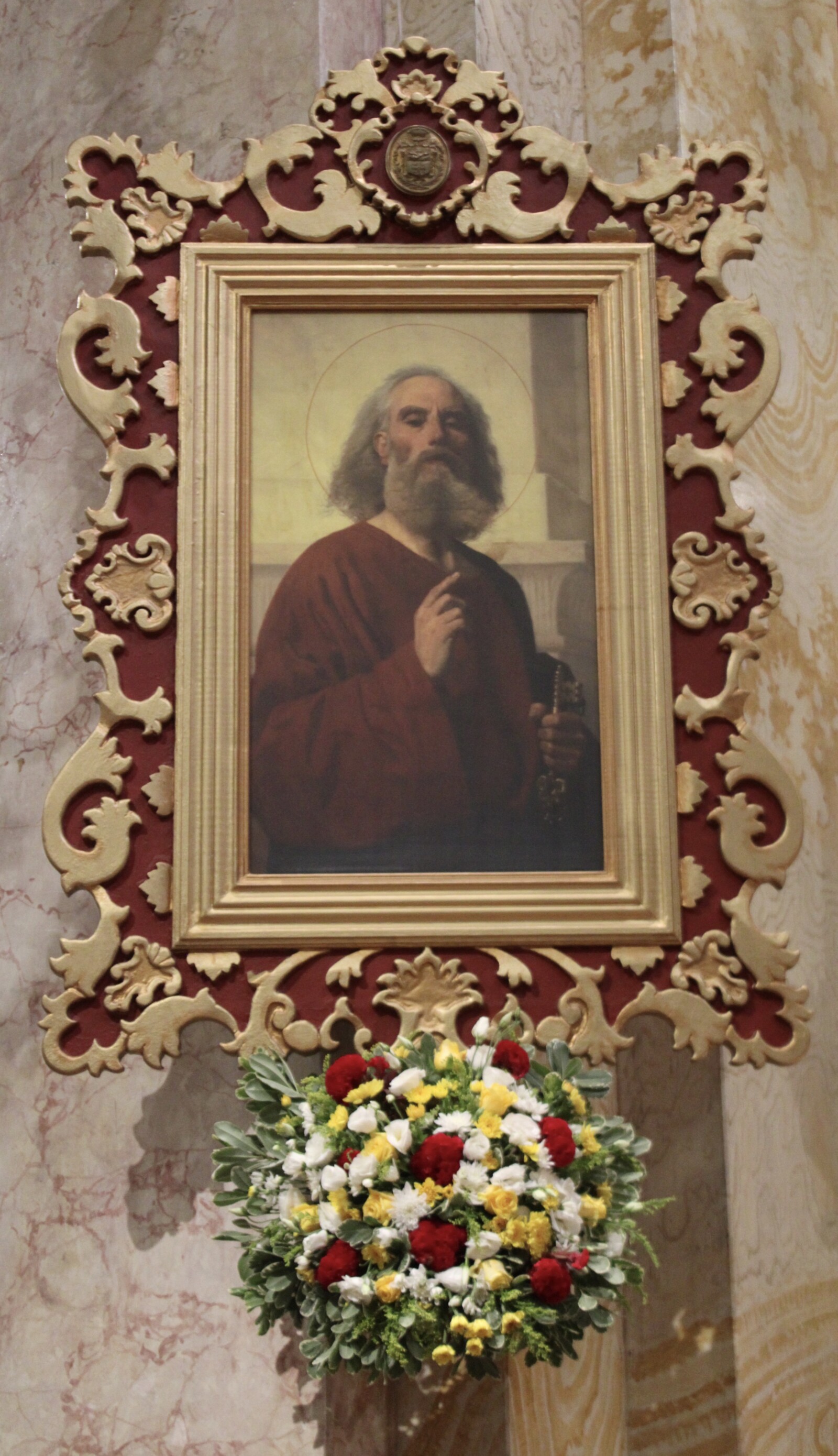
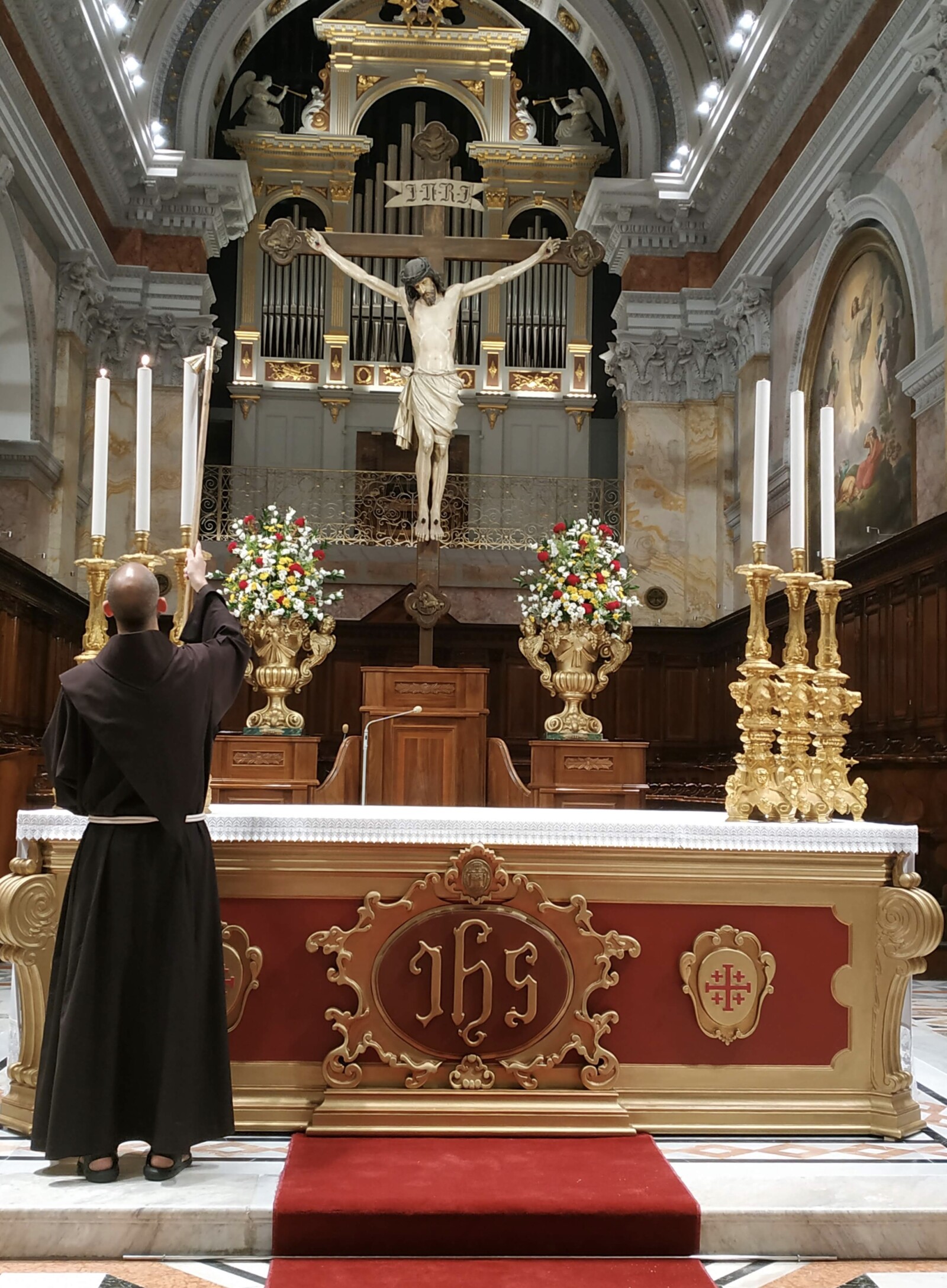
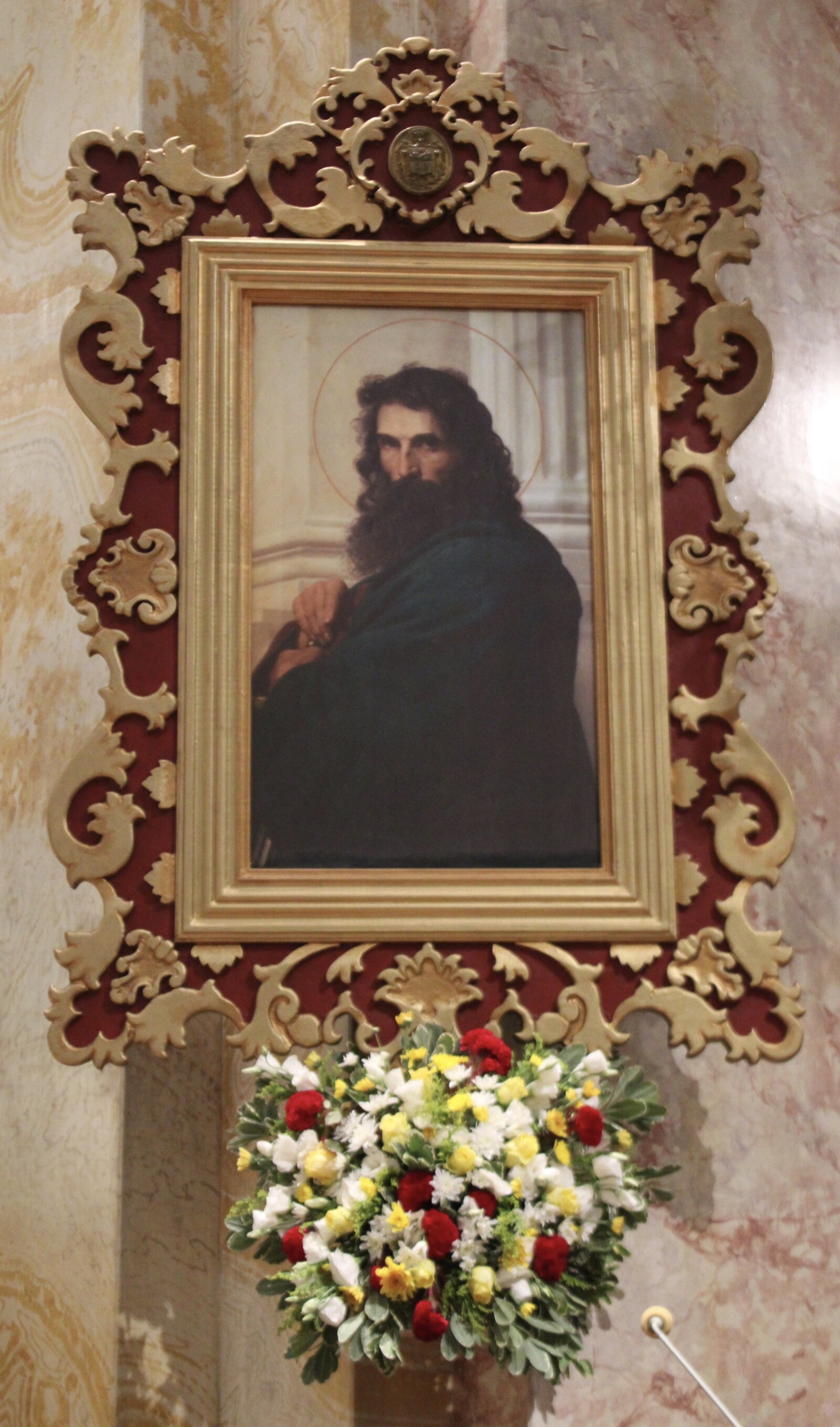
Of course, there is a lot of work behind it : you have to work with the milling machine and when you make a piece, you have to keep the whole of the project in mind, with all its details and measurements. And I love all that.
One of the aims of the museum is to show off the local craftsmanship to its best. Your presence here recalls the tradition of apprenticeship that characterized the Custody, with the workshops where the friars taught trades to the local population. What do you think of that ?
I discovered that some of the furnishings that I like best at the Custody were created at the time when there was a carpentry here, run by friars who had as their assistants ad apprentices the inhabitants of Jerusalem and surroundings. This aspect has always fascinated me, because the objects from this period reveal the cultural context and the knowledge and techniques underlying them. This characteristic typical of the workshop with apprenticeship has disappeared when this activity of the Custody stopped. Local craftsmanship was also influenced by the presence of the friars. Of course, if the tradition of apprenticeship continued today, it would be ideal: I think that there is a great need for it.
